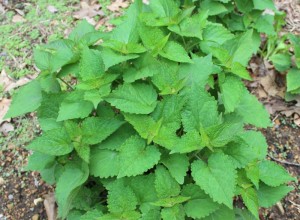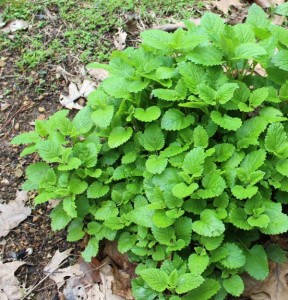Well, not explode as in Ka-Boom!, but explode in numbers. Take a look at our harvest of peppers from two plants. Two bowls or colanders full from each plant made for a healthy harvest, wouldn’t you say?
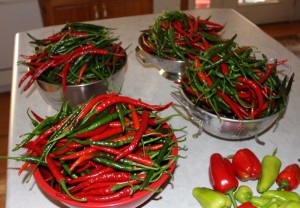
On one plant I started counting the peppers and lost track after 180. The plants grew to 5 feet tall and that’s certainly the biggest I’ve ever seen them. Probably won’t be planting any cayenne peppers next year as we’ll have enough dried peppers for the next five years!
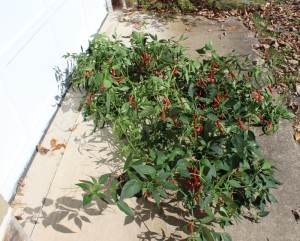
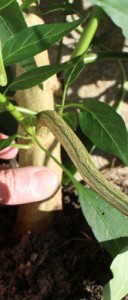
These bountiful plants grew in a brand new section of the vegetable garden where we had a truck load of super soil dumped. In the mountains we definitely have to amend the soil as it’s mostly clay and rock. And I mean there are LOTS of rocks in that dirt.
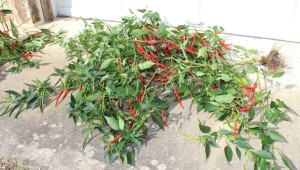
I’m going to find out exactly how the super soil was made so we can replicate that for next year’s growing season. Compost is one component for sure, but what other ‘ingredients’ and in what combination is unknown at this point. Next year we’ll have to pick up a tumbler composter and make our own compost to amend the soil that’s already in the garden. So far, the Compost Wizard Dueling Tumbler and the Envirocycle Original Composter
look very promising. I really like the idea of capturing compost tea with these tumblers.
We already use compost in the garden and flower beds, but since we have the room we just dump everything in a couple of piles near the edge of the yard and let nature take its course. Some ‘black dirt’ can be shoveled from the bottom of the piles, but the roots of nearby plants tend to grow up into the compost piles. Not the best solution for getting enough compost, but the price is right. However, if we could do away with pouring on fertilizers, like MiracleGro, then the cost of a composter would be insignificant.
Here’s to making our own Super Soil next year! BTW, tomatoes did awesome in the super soil, too!

